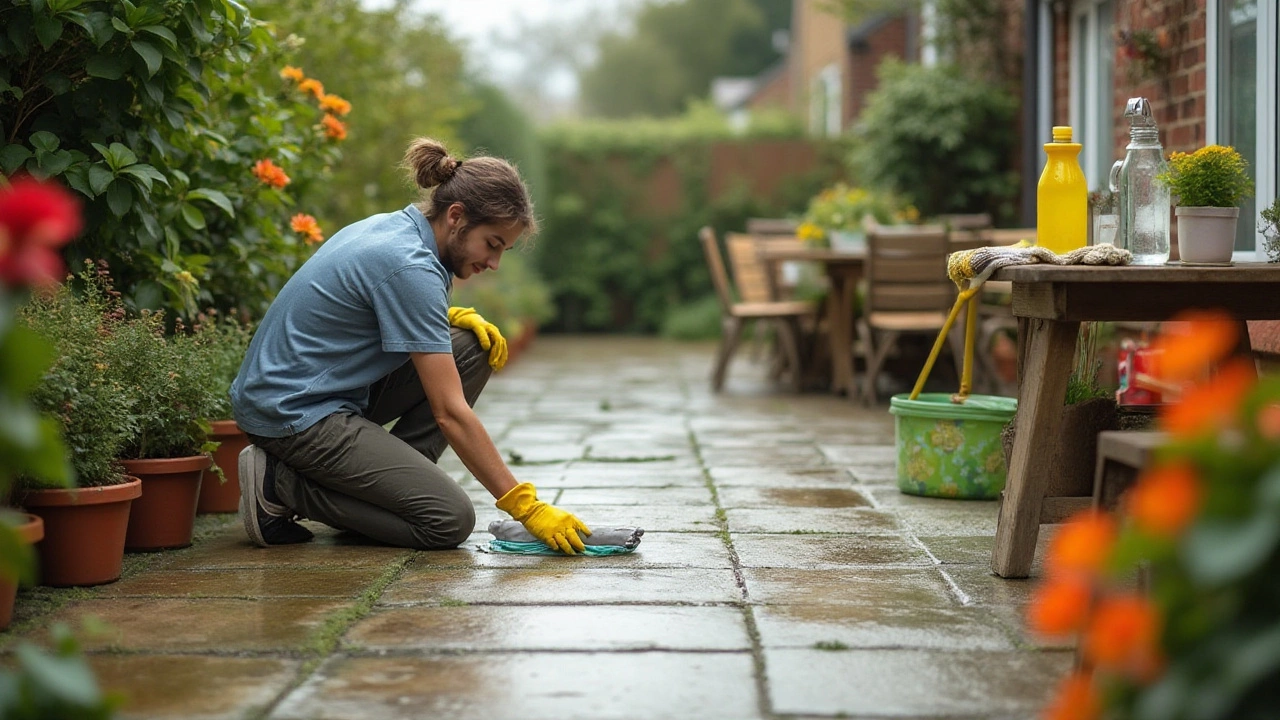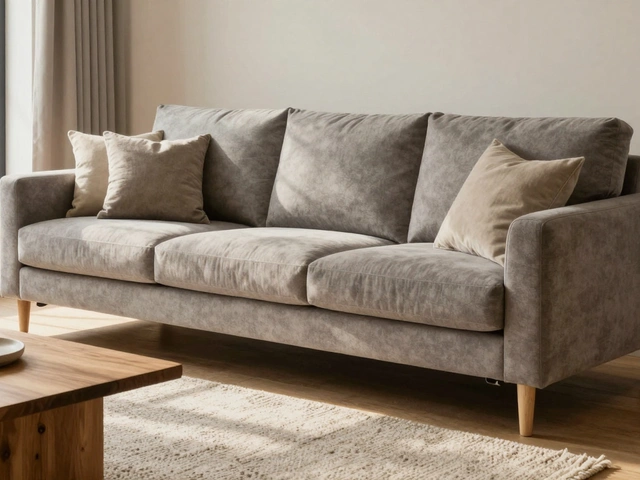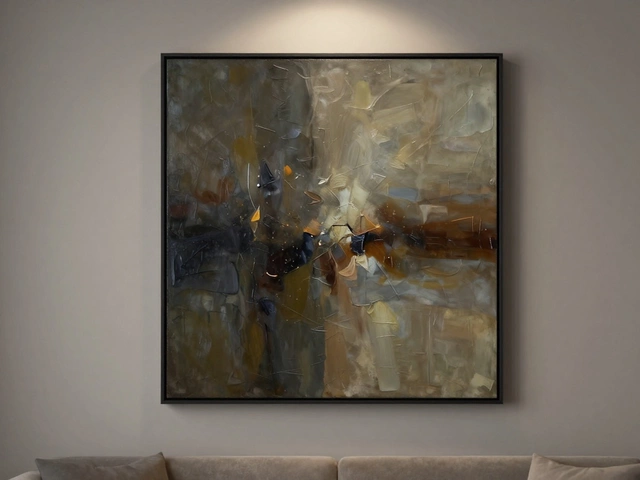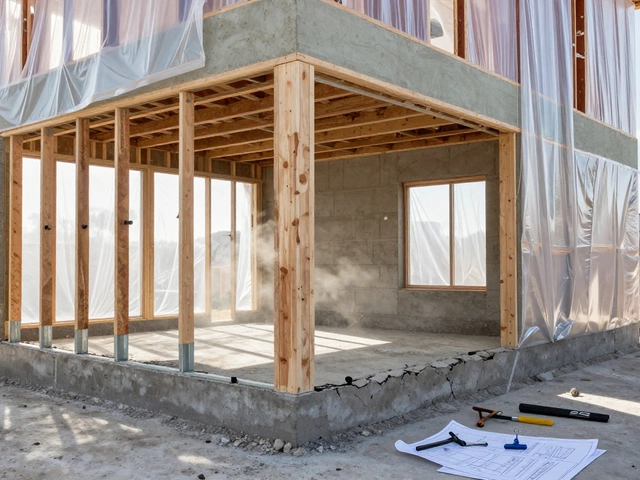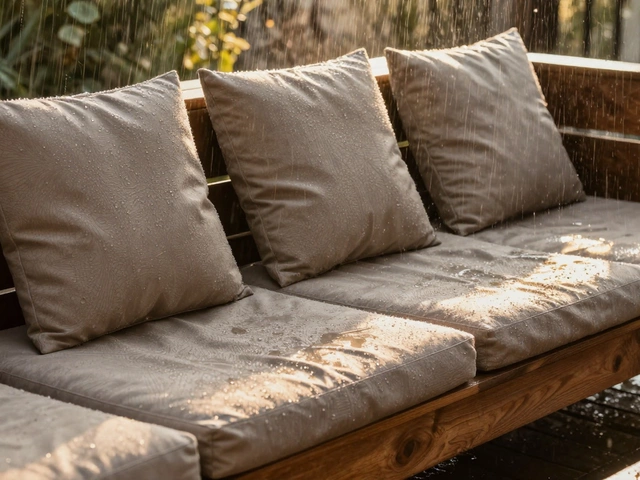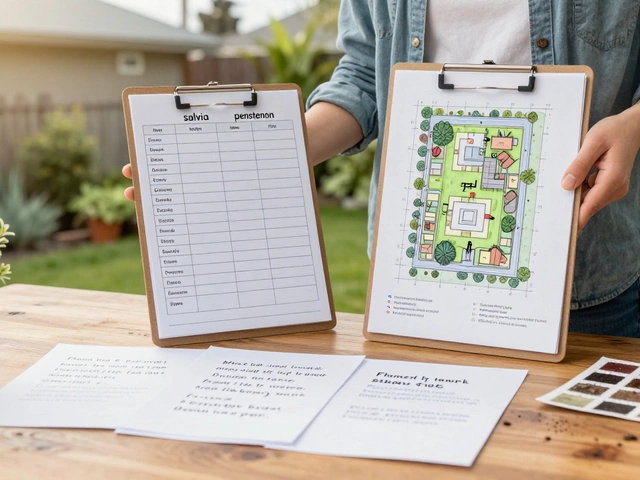Mold Solutions: How to Keep Your Home Free of Unwanted Growth
When dealing with Mold Solutions, strategies that stop mold from forming and remove it safely from indoor spaces. Also known as mold remediation, it combines prevention, detection, and treatment to protect health and property. Mold solutions are essential for anyone who wants a dry, clean house without costly repairs.
One of the core pillars of effective mold solutions is Humidity Control, the process of maintaining indoor moisture levels below the threshold where mold spores can germinate. It involves using dehumidifiers, air conditioners, and proper sealing of leak points. The key attribute is relative humidity (RH); keeping RH under 60 % dramatically slows fungal growth. In practice, a homeowner can set a dehumidifier to 45 % RH, check the reading with a hygrometer, and run the unit during damp seasons. Humidity control directly influences mold development, so mastering it is a non‑negotiable step in any mold‑solution plan.
Another vital component is Ventilation, the exchange of indoor air with fresh outdoor air to disperse moisture and stale conditions. Good ventilation reduces stagnant air pockets where mold loves to hide, especially in kitchens, bathrooms, and basements. Installing exhaust fans, opening windows, and using trickle vents are simple yet powerful moves. The attribute to watch is air change rate; a rate of 0.35 ACH (air changes per hour) is often recommended for residential spaces. When ventilation works hand‑in‑hand with humidity control, the environment becomes hostile to mold spores.
Beyond managing moisture, many owners apply Mold‑Resistant Coatings, special paints or sealants that contain biocides or water‑repellent agents to stop mold from sticking to walls and ceilings. These coatings are especially useful in high‑risk zones like basements or laundry rooms. Key attributes include durability and antimicrobial rating; a coating with a 5‑year warranty and EPA‑registered biocides offers reliable protection. By creating a barrier, mold‑resistant coatings add a defensive layer, complementing the moisture‑management tactics already in place.
Detecting hidden moisture before it turns into visible mold is the fourth pillar of a solid mold‑solution strategy. Moisture Detection, the use of tools like moisture meters, infrared cameras, and hygrometers to locate damp spots inside walls, floors, and ceilings, lets homeowners act early. The main attribute here is accuracy; a pin‑type meter that reads 15 % moisture content can signal a problem before a spot becomes visible. Regular scans of vulnerable areas—under sinks, behind appliances, and in crawl spaces—help catch issues before they spread, saving time and money.
Putting It All Together
In short, mold solutions weave together humidity control, ventilation, protective coatings, and moisture detection into a single, practical approach. Each element supports the others: controlling humidity lowers the need for aggressive ventilation, while good airflow helps coatings stay effective, and early detection catches leaks before they fuel growth. Below you’ll find articles that dive deeper into each of these topics, from DIY dehumidifier tips to choosing the right mold‑resistant paint. Armed with this overview, you’re ready to explore the detailed guides and start protecting your home today.
Effective Methods to Eliminate Mold from Your Patio
Mold can turn your beautiful patio into an unsightly and unhealthy space. Discover practical solutions to tackle this persistent problem and restore your outdoor haven. From simple household remedies to commercial options, address the underlying causes of mold and keep your patio clean and safe for relaxation and gatherings.
full article